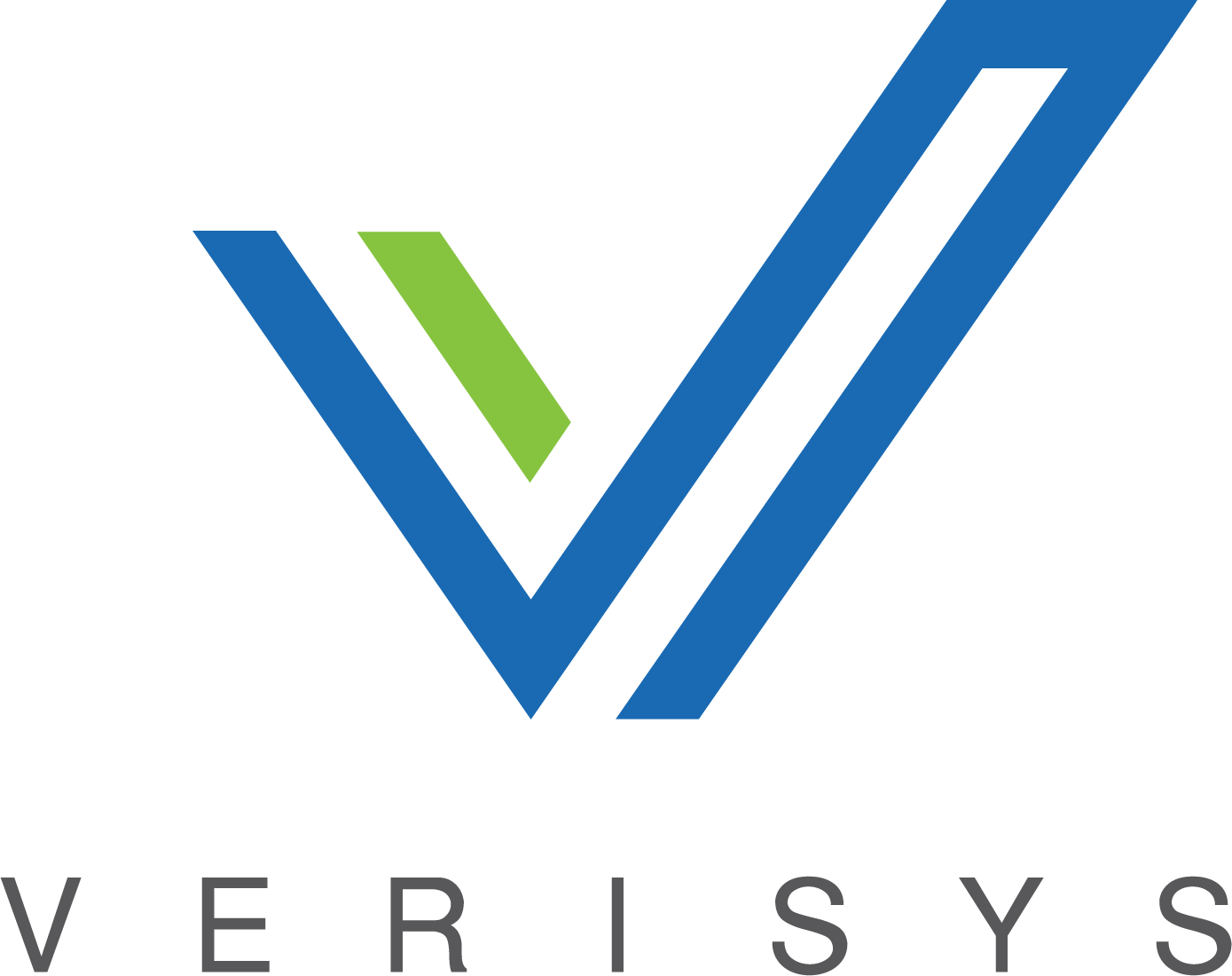– The best resource for monthly healthcare regulatory compliance updates. Compliance Updates: April 2024 Overlook: Licensure Compacts Other Legislation Board Updates Interstate Medical...


Trust me…
Health care is a trust-based industry. A health care consumer selects a primary care physician based on the providers within his or her insurance plan, by proximity, and sometimes by a Star Rating. Often, a friend or relative will recommend a physician with whom they have had a positive experience. Referrals for specialists are usually made by the primary care physician from the in-network pool and can range from a podiatrist to a transplant team.
In the current system, the health care consumer enters completely vulnerable into one of the most critical relationships to achieving and sustaining health and wellbeing without really knowing the integrity or veracity of the credentials of those serving them and their family.
There is the assumption that an institution such as a pharmacy, hospital, surgical center or practice group carefully screens its providers and employees to assure the quality of service to patients as well as their safety. However, many health care organizations focus exclusively on regulatory compliance in order to participate in entitlement programs. Some institutions take the additional steps to adhere to requirements of standard-setting organizations that may or may not include screening and continuous monitoring against the National Sex Offender Public Website (NSOPW).
Data analysts at Verisys Corporation have found that two out of every 1000 providers are listed on the NSOPW. Verisys designed the CheckMedic® platform that draws from more than 3,500 primary sources in order to provide its clients with a 360-degree view of their entire employee and affiliate population. Through data aggregation and sophisticated matching logic, an individual or entity is identity matched against 320 million records that date back to 1992. This assures a conclusive result in the event the individual is using an alias or is attempting to conceal or alter their true identity.
What is NSOPW?
The National Sex Offender Publish Registry (NSOPR) was established in 2005. When President George W. Bush signed the Adam Walsh Child Protection and Safety Act into law in July of 2006, named after a child murdered by a sex offender, the Registry was renamed as the Dru Sjodin National Sex Offender Public Website (NSOPW) in honor of Dru Sjodin who was also kidnapped and murdered by a sex offender.
The Department of Justice (DOJ) in conjunction with the all states, U.S. Territories, Districts, and Tribal Nations contribute data to the National Sex Offender Public Website’s (NSOPW) searchable database of registered sex offenders, which is available to the public.
The DOJ’s Office of Sex Offender Sentencing, Monitoring, Apprehending, Registering, and Tracking (SMART) site maintains the National Sex Offender Public Website (NSOPW) and provides technical support to reporting jurisdictions, private, and public organizations; and offers updates to legal and legislative developments.
Title 1 of the Walsh Act, the Sex Offender Registration and Notification Act (SORNA) classifies sex offenders into three tiers and requires offenders to update their whereabouts on a frequency based on the tier. Tier 1 offenders must update annually with 15 years of registration, Tier 2 offenders must update every six months with 25 years of registration, and; Tier 3 offenders must update every three months with lifetime registration requirements. Failure to register and report according to the requirements is a felony.
The Extra Mile
Sustaining compliance with regulatory systems, as well as chosen standards, is a robust task that involves searching a population against data from multiple, disparate sources, verifying the data as a match to the individual or entity, and updating records with current information. But those required data sources are minimal and don’t cover some of the most important insights into a provider’s criminal activity.
Adding data sources such as the National Sex Offender Public Website (NSOPW), as well as including additional staff members and vendor entities to the screening and monitoring process beyond what is required for regulatory compliance, is often out of reach because of time and resource limitations. Also, most compliance requirements involve screening and monitoring only the licensed provider population leaving the bulk of the workforce that also has access to patients unchecked against NSOPW.
Create Business Rules to Support Actionable Data
There are no laws or regulations that prevent a provider from practicing medicine as a convicted and registered sex offender. To legally terminate an employee or disqualify a candidate for committing a sex offense, a clearly stated policy to that effect must be included in the bylaws.
Verisys believes in full transparency when it comes to health care, and it is from that vision and mission it built the SaaS platform CheckMedic® that makes protecting patients a turnkey, sustainable practice accessible to health care organizations of any size. Improving the quality of health care for all patients is our goal, and providing a broader view of your providers, beyond the minimum requirements to remain compliant, keeps your organization and your patients safer.
Learn more about how Verisys can assist your HCOs in meeting all government and regulatory standards.
 |
Written by Verisys Verisys transforms provider data, workforce data, and relationship management. Healthcare, life science, and background screening organizations rely on our comprehensive solutions to discover their true potential. Visit verisys.com to learn how we turn problems into power.
|